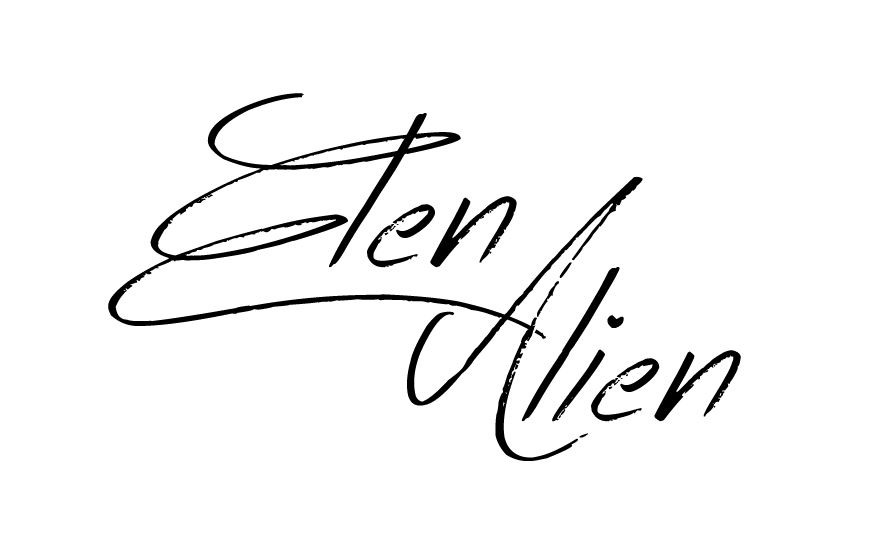Elen Alien was born in Ukraine, currently based in London. Her work delves into the complexities of the human body as a bridge between the organic and the digital. In a world increasingly influenced by technology, she explores how we transform into avatars, questioning our identities in this evolving landscape.
Elen finds inspiration in nature, using materials like plant matter to evoke themes of nostalgia, spirituality, and transience. Her artistic practice is deeply rooted in the idea that everything—be it a person, a plant, or a digital entity—forms part of a larger interconnected network. This perspective is informed by Actor-Network Theory and Object-Oriented Ontology, which allow her to see the relationships between living beings and the environment in new ways.
By integrating organic elements with digital forms, Elen creates a dialogue about the oscillation between nature and technology. Her hands-on approach and process based on collaboration with non-human actors is no less important than the concept and final artwork. Her art invites viewers to reflect on their own connections to the world around them, emphasizing the beauty of transformation and the fluid nature of identity.
Driven by a desire to explore new avenues of artistic expression, Elen pursued a master’s degree in architecture. While completing her diploma, she discovered her affinity for interior design. Embracing an eclectic practice, she seamlessly blended interior architecture, graphic design, art, and illustration.
Following a decade dedicated to experimentation, Elen Alien embraced a nomadic lifestyle, embarking on a transformative journey. In 2020, she found herself living in Denmark, immersing herself in new cultures and surroundings that nurtured her artistic sensibilities and eco-friendly approach. The following year, she relocated to Sweden, where she took an additional education in art projects and decided to devote herself to contemporary art. This pivotal moment marked the beginning of a new chapter in her artistic career.
By completing her education in Stockholm, she moved to Oslo, Norway, and devoted herself fully to her artistic career. In 2023, Elen Alien participated in the Glogauair art residency in Berlin, which fostered inspiration and provided a vibrant environment for her creative endeavors. Currently, Elen lives and works in London. Her artistry is characterized by a profound exploration of the balance between the digital and natural worlds and sparks dialogue about our relationship with the ever-evolving technological landscape. As she continues to evolve as an artist and explore the world, her works transcend borders and captivate the global audience.
